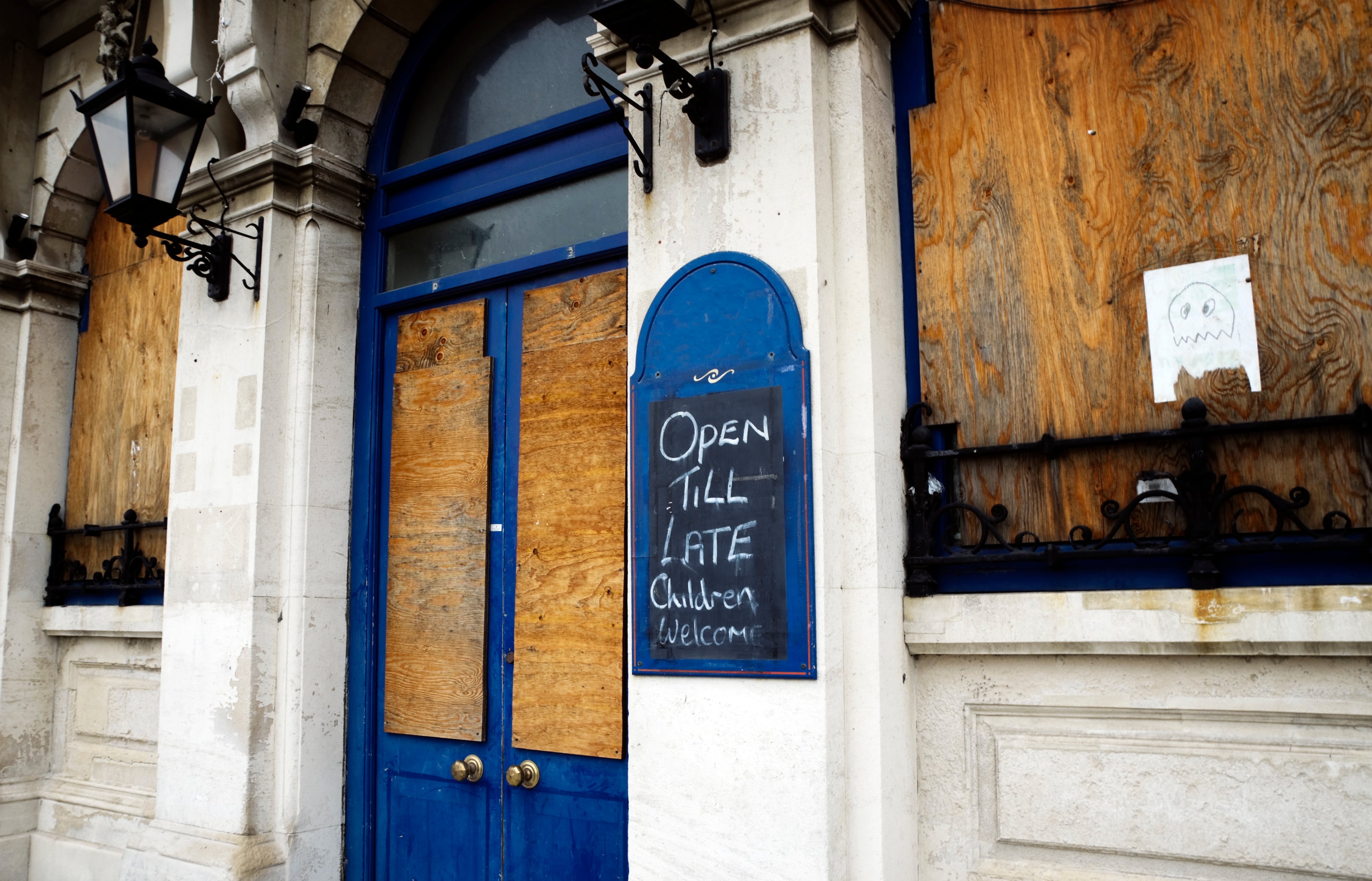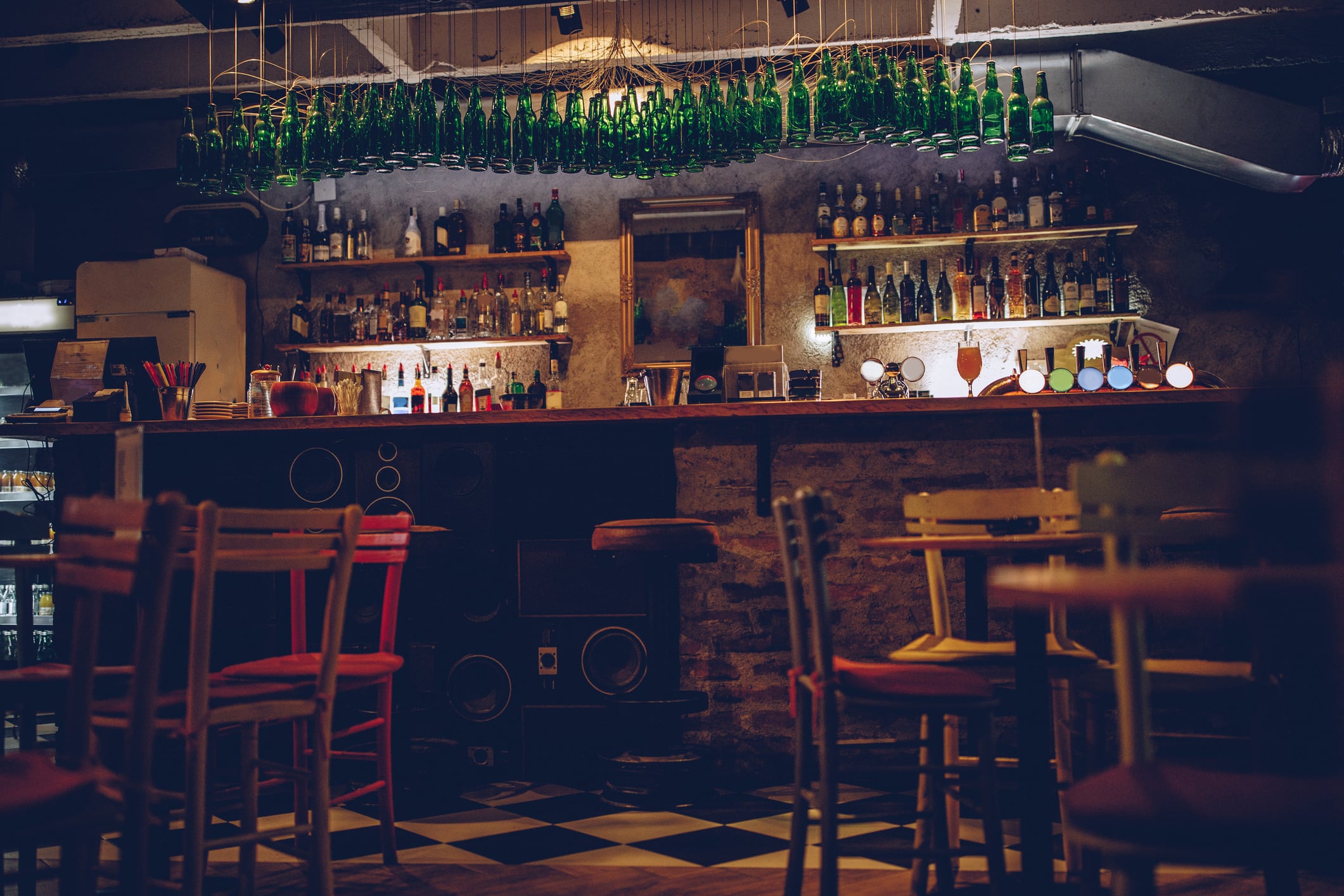It said the number of indie-run and leased or tenanted venues had slipped by 0.1% and 3.3% respectively as they were more exposed to economic problems.
The report revealed a brighter picture in the managed segment, which grew by 0.7% year-on-year—partly a result of groups acquiring or converting sites that were previously free, leased or tenanted.
The research also showed there was a total of 98,746 pub, bars and restaurants operating at the end of June — 374 fewer than at the start of the year.
It means the sector is now 14.2% smaller (net) than it was at the start of the Covid pandemic in March 2020, having recorded more than 16,000 net closures in the ensuing five-year period.
Additional cost pressures from Government policy around national insurance and taxation, combined with tough market conditions, saw venue numbers overall fall in the first half of the year, with two premises closing every day for the first six months of 2025 and 62 net closures a month.
Community pubs
The food-led sector contracted by 2.9% in just one year, in contrast to a 1% increase in drink-led venues.
However, community pubs are weathering the storm with the number of venues increasing by 0.4% in the last quarter and up 0.8% between June 2025 and June 2024.
The number of community pub venues hit 18,070 in June 2025, up from 17,990 in March 2025 and 17,933 in June 2024.
The report also showed high street pub numbers remained static during the quarter at 6,140 venues while food pubs contracted by 0.4% to 11,231, reflecting the overall challenges for food businesses.
CGA by NIQ hospitality operators and food EMEA Karl Chessell said: “Hospitality has been struggling under a disproportionate weight of inflation and taxes in recent years, and our latest figures show how every round of additional costs sends more businesses to the wall.
“New pay and national insurance contributions aren’t the sole cause of closures lately, but they have been the final straw for many operators—especially smaller ones.”
Final straw
He added: “The sector needs a fairer tax regime that supports growth and investment and encourages consumer spending. This environment will help the sector flourish and ensure more stability in venue numbers as we move forward.”
AlixPartners senior partner Graeme Smith said: “After a period of relative stability for pub and restaurant businesses last year, the first half of 2025 has proved more challenging, with the net closure rate increasing again – the big question for hospitality is what happens from here.“
He added: “The effects of a step change in costs and taxation, which landed this April, have made the trading environment more challenging for many hospitality businesses.
“Consumer demand appears to be resilient, so the medium-term impact of these changes is yet to be seen, although it seems likely that more closures will follow in the immediate term.
“In this environment, we would expect the polarisation in the market to continue, with the leading players continuing to grow and take market share from struggling brands.”




